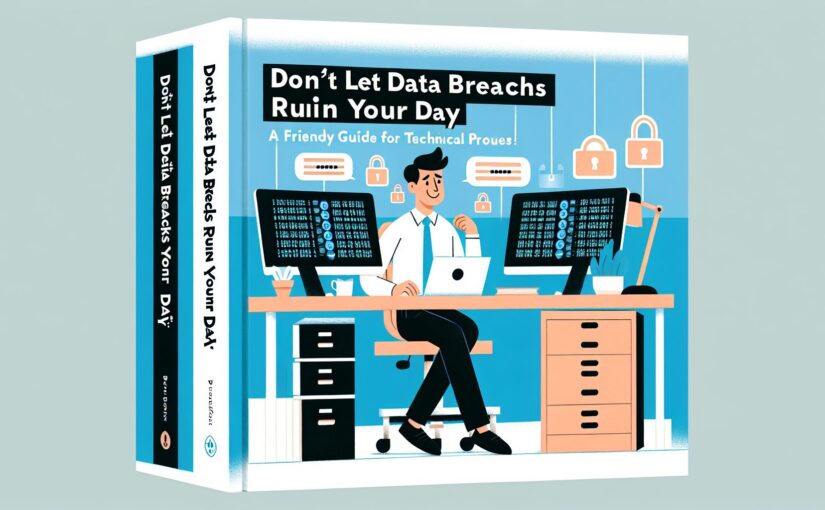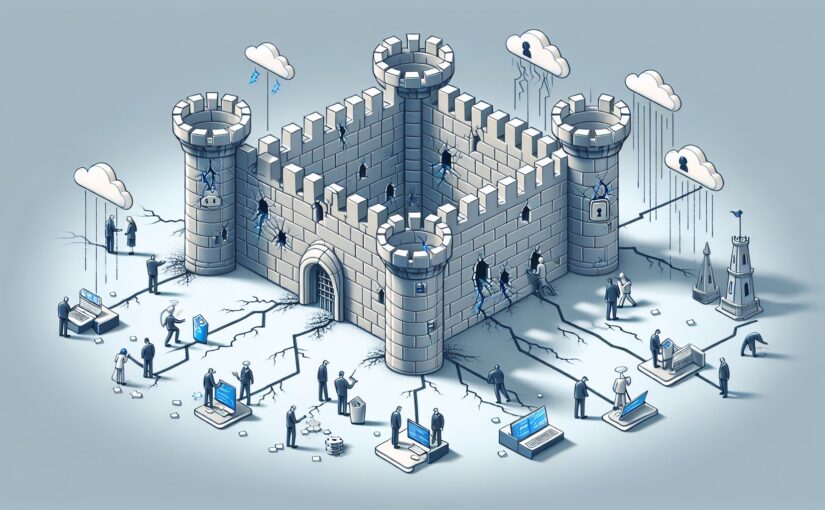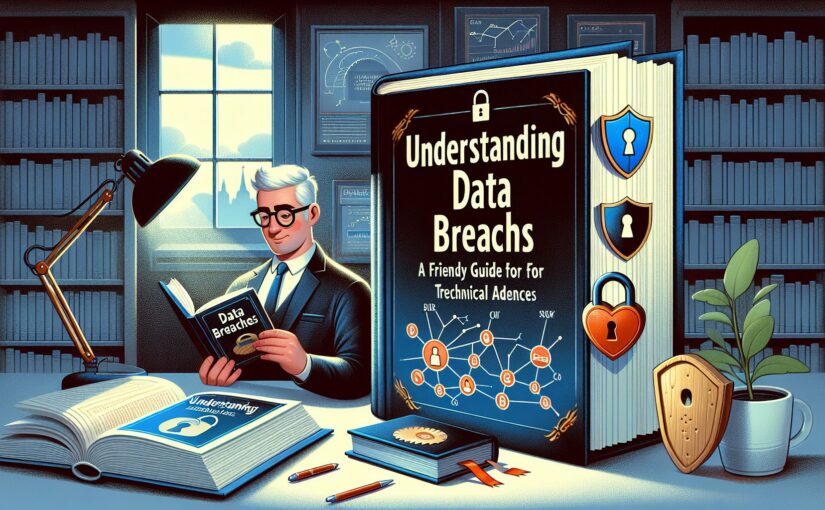Hey there, tech pros! Today, we’re diving into the complex and concerning world of data breaches. As technology continues to advance at a rapid pace, so too does the risk of cybersecurity threats. Data breaches, in particular, are becoming more common and more damaging than ever before. So, what exactly is a data breach, and why should you care about it as a technical professional? Let’s break it down.
What is a Data Breach?
At its core, a data breach occurs when unauthorized individuals gain access to sensitive or confidential information. This can involve anything from personal data like names and addresses to financial information like credit card numbers or intellectual property. Hackers typically exploit vulnerabilities in a company’s network or systems to access this data, often with malicious intent.
Why Do Data Breaches Happen?
There are many factors that can lead to a data breach, but some common reasons include:
- Security Vulnerabilities: Outdated software, weak passwords, and unsecured networks can all create opportunities for hackers to breach a system.
- Social Engineering: Phishing attacks and other social engineering tactics can trick employees into unknowingly providing access to sensitive data.
- Insider Threats: Sometimes, data breaches are the result of insider threats – employees or contractors who intentionally misuse their access to steal or leak information.
The Impact of Data Breaches
The consequences of a data breach can be severe and far-reaching. Not only can they result in financial losses and damage to a company’s reputation, but they can also lead to legal and regulatory repercussions. In some cases, data breaches can even threaten national security or public safety.
As a tech professional, it’s crucial to understand the gravity of these risks and take proactive steps to prevent data breaches from occurring in the first place.
Preventing Data Breaches
So, how can you help protect your organization from falling victim to a data breach? Here are a few key strategies to consider:
- Keep Software Up to Date: Regularly patching and updating your systems can help close vulnerabilities that hackers might exploit.
- Implement Strong Password Policies: Encourage employees to use complex passwords and consider implementing multi-factor authentication for an added layer of security.
- Train Employees: Educate your team about the importance of cybersecurity best practices and how to spot phishing attempts or other social engineering tactics.
- Monitor Network Activity: By monitoring network traffic and keeping an eye out for any unusual activity, you can potentially catch a data breach in progress before it does too much damage.
Conclusion
In today’s digital landscape, data breaches are a serious threat that all tech professionals need to take seriously. By understanding how data breaches happen, the impact they can have, and what steps you can take to prevent them, you can help protect your organization’s sensitive information and safeguard its reputation.
Stay vigilant, stay informed, and stay safe out there in cyberspace!









